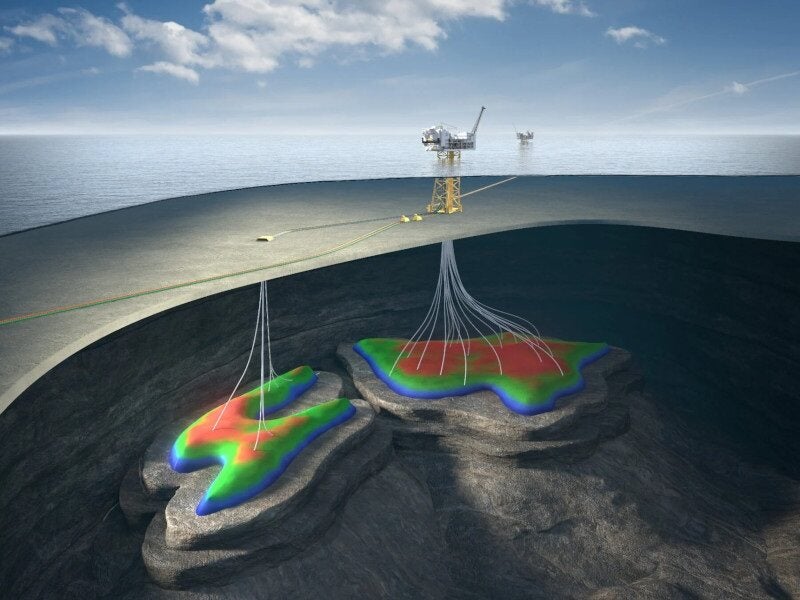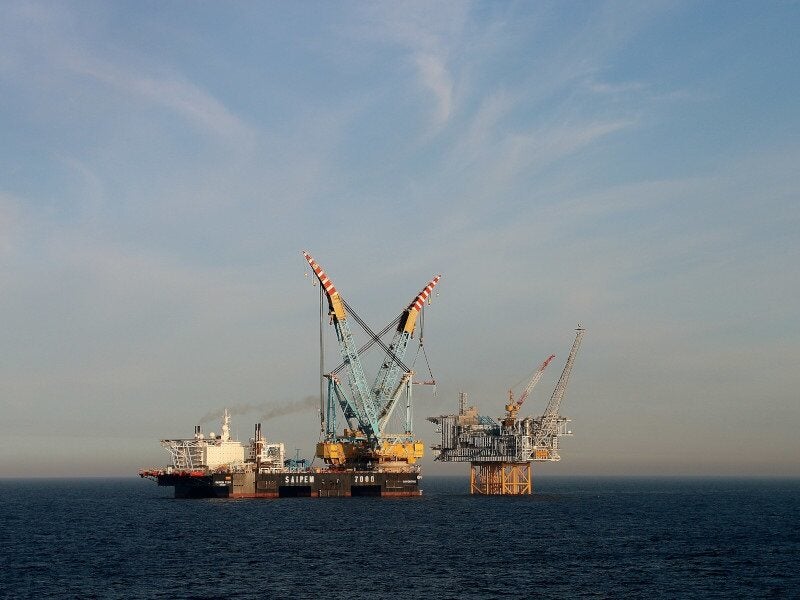The Symra oil and gas field (formerly Lille Prinsen) is located at a water depth of 112m in the Central North Sea, offshore Norway. It is situated in production licence (PL) 167, 167B, and 167C on the Norwegian continental shelf.
The oil and gas prospect was discovered in June 2018 by Equinor Energy, which then operated the PL 167 with 60% interest along with its partners Lundin Norway and Spirit Energy, which owned 20% interest each.
Aker BP signed an agreement to acquire 10% interest in the PL167 from Equinor Energy in December 2020. The PL167 partnership then included Lundin Norway (40%), Spirit Energy (20%), Equinor Energy (30%), and Aker BP (10%).
In May 2022, Spirit Energy sold its Norwegian assets to Sval Energi and Equinor, and in July 2022 Aker BP acquired Lundin Energy’s oil and gas business.
PL 167 is now owned by Aker BP (50%, operator), Equinor (30%), and Sval Energi (20%).
The plan for development and operation of the Symra field was submitted to the Norwegian Ministry of Petroleum and Energy in December 2022 and was approved in June 2023.
Drilling activities at the Symra field is expected to start in the third quarter (Q3) of 2025 and production is expected to commence in Q1 2027.
Symra oil and gas discovery location
The Symra oil discovery is located approximately 1km west of the Symra Outer Wedge well, about 200km west of Norway’s Stavanger city and 5km north-east of the Ivar Aasen field.
The Symra appraisal wells lie in the Utsira High area, about 15km north of the Edvard Grieg field.
Discovery and reserves
The discovery was proved by the 16/1-29 S discovery well drilled in the Eocene sandstones of Grid Formation, Palaeocene reservoir rocks of the Heimdal Formation, and the Permian rocks of the Zechstein Group.
The well also appraised another discovery called Verdandi, which is located above the main discovery. Discovered in 2004, Verdandi is estimated to hold recoverable resources between 4Mmboe and 11Mmboe.
The field is estimated to hold recoverable resources of 50 million barrels of oil equivalent.
Appraisal details
Lundin Energy completed the appraisal of the PL167 in September 2021 by drilling 16/1-34 S wildcat well and appraisal well 16/1-34 A on the Symra oil and gas discovery.
The 16/1-34 S well was drilled to a vertical depth of 2,095m below the seabed, concluding in the Skagerrak Formation of the Late Triassic era while the well 16/1-34 A was drilled to a vertical depth of 1,994m below the seabed, terminating in the basement rock.
The 16/1-34 S well intercepted a 7m-high oil column in the Heimdal Formation with a 50m reservoir layer of good-quality and made oil/water contact at 1,820m below the seabed.
The campaign did not encounter permeable sandstone layers in the Jurrasic reservoirs. The Heimdal discovery is estimated to contain good-quality resources between 2 million barrels of oil equivalent and 10 million barrels of oil equivalent.
A 66m-high oil column, including 46m in dolomite from the Permian Age, with good reservoir quality, was encountered by the appraisal well 16/1-34 A. The well hit about 20m of oil column with poor reservoir quality in the basement rock. The oil/water contact was detected at 1,932m below the seabed.
The appraisal well also found 18m of water-filled sandstone of poor reservoir quality in the Heimdal Formation in the secondary exploration target.
Drilled by Deepsea Stavanger, a semisubmersible drilling facility, the wells have been plugged and abandoned.
Symra oil and gas discovery development details
The Symra field will be developed as a subsea tie-back to the Ivar Aasen production platform.
The field development plan includes four production wells drilled through a four slot subsea template and drill centre, and a subsea system comprising pipelines for oil, gas lift, and water injection, and umbilical.
The Ivar Aasen platform will be upgraded with a new water injection pump and chemical injection skid, as part of the project.
Oil and gas produced at the field will be sent for final processing to the Aker BP-operated Edvard Grieg platform and exported onshore through the existing oil and gas downstream transport system.
Contractors involved
Aibel, an energy infrastructure construction company, was contracted for providing maintenance and modification services for the Ivar Aasen platform in March 2023.
Technip FMC, an energy technology company, was contracted to provide engineering, procurement, construction and installation services for the field’s subsea production system in January 2023. The company had previously carried out front-end engineering design of the field layout.
Moreld Apply, an engineering business, was contracted to undertake topside modifications for the Edvard Grieg platform for the Symra oil and gas discovery tie-back.





